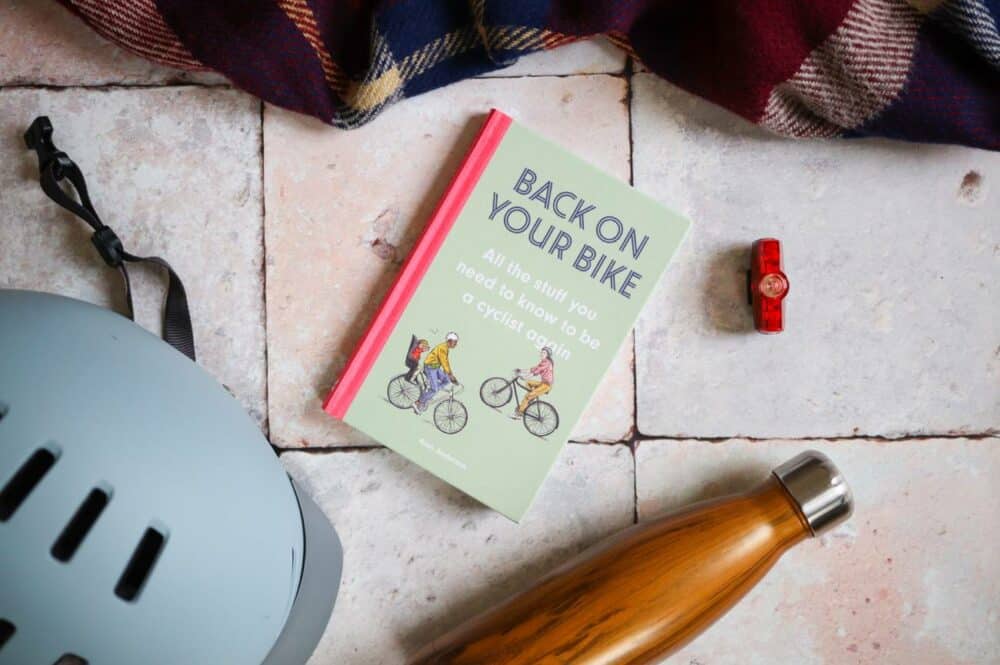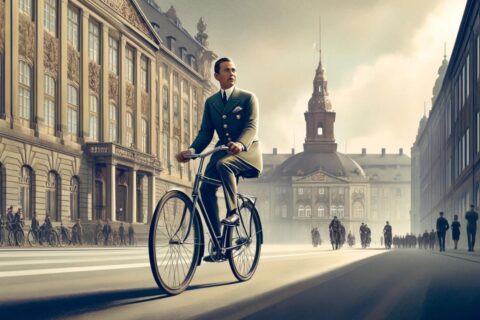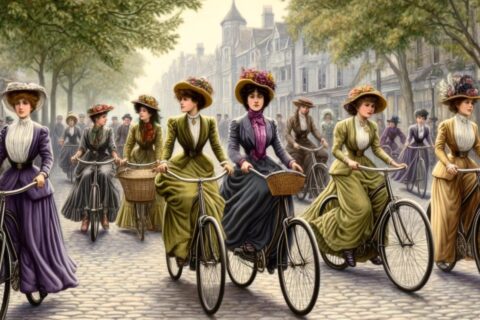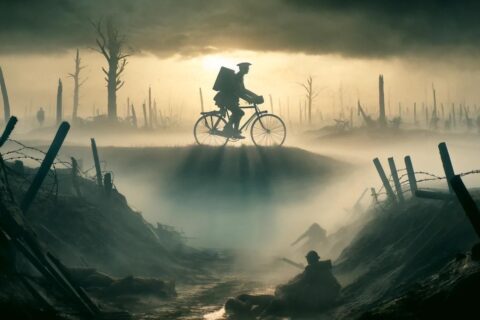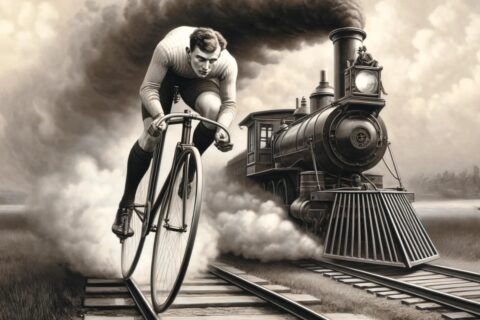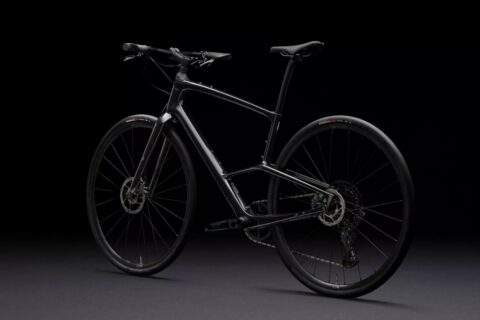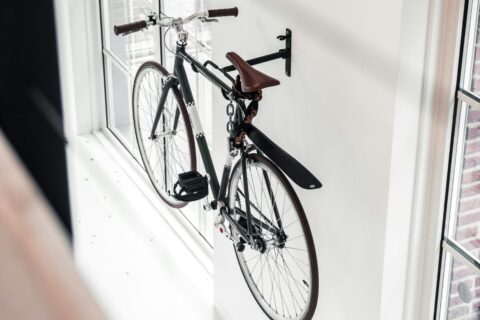This post may contain affiliate links, which help to keep Discerning Cyclist rolling. Learn more.
2020 will not be a year remembered favourably by many.
But one positive thing to come of the COVID-19 disarray has been the “Bike Boom”. In London, there was an estimated 90% increase in bicycle traffic in June 2020, while around 8.9 million people had been cycling each week during the first national lockdown.
And seeing this trend of “returning” cyclists, author Alan Anderson was quick to put together the ultimate (and beautifully illustrated) resource with his new book “Back on Your Bike”.
I had a chat with Alan to learn more about the book, his love of cycling and whether he thinks the cycling boom can continue post-COVID.
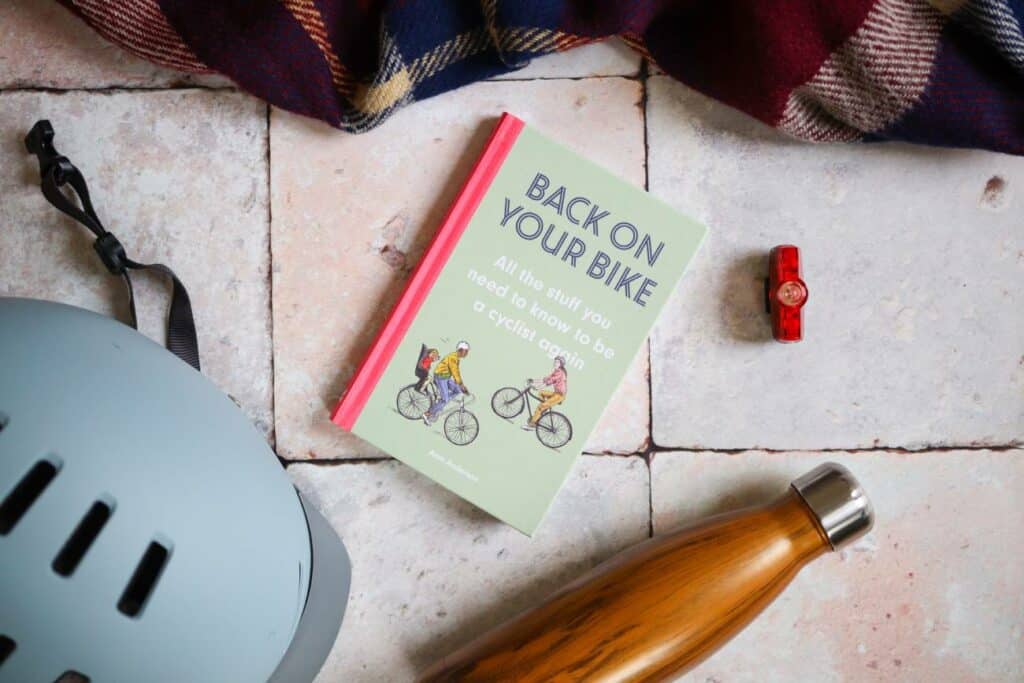
DC: So, Alan, what was your inspiration for writing ‘Back on Your Bike’?
“Well, there were two main things that inspired me. My whole life, I’ve always found cycling amazing. It wasn’t just the fitness, mental and or environmental benefits that I liked, it was the idea that cycling is this “magic bullet” that achieves so many positive things in such a simple way.
“Secondly, as a kid I read Richard Ballantine’s Bicycle Book which just covered cycling in so much detail that I became enthralled with it.
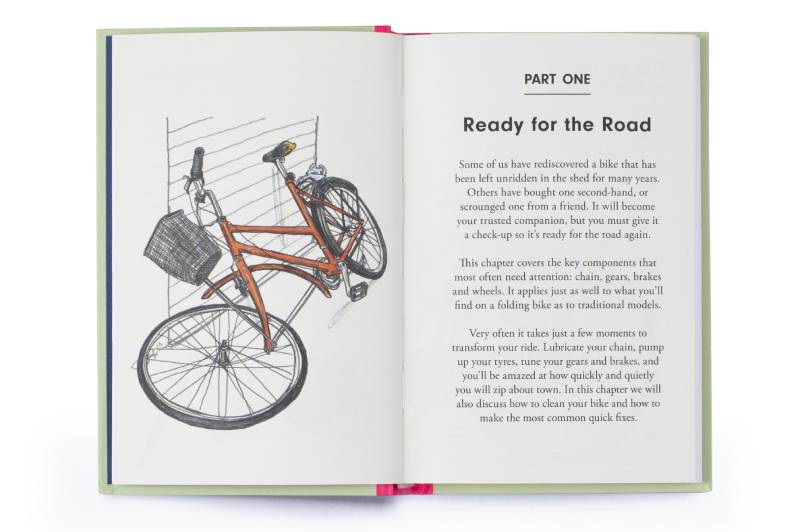
“Suddenly the COVID situation came about and people who’d never cycled before where dusting off old bikes and started asking really basic questions about cycling, such as how to replace tyres, whether I could recommend a good bike shop and which type of bike should I get.
I’d previously written a book (Blood Sweat & Gears) for the more “hardcore” cycling audience, but I’d always wanted to write this all encapsulating piece and this felt like the perfect moment to do so.”
DC: It’s a remarkable turnaround for the book, how long did it take you to complete it?
“From concept to the final piece – including all the illustrations by David Sparshott – it took just five months – which is an incredibly fast turnaround.
“One thing that really surprised me when writing the book – in particular the section about the medical benefits – was just how many of the studies on the benefits of cycling had been published in the last five years.
We’ve always known that cycling is good in so many ways, but these recent studies (such as Cycling and Bone Health and The Effect of Cycling on Cognitive Function) help us now understand and quantify exactly why it’s so beneficial.”
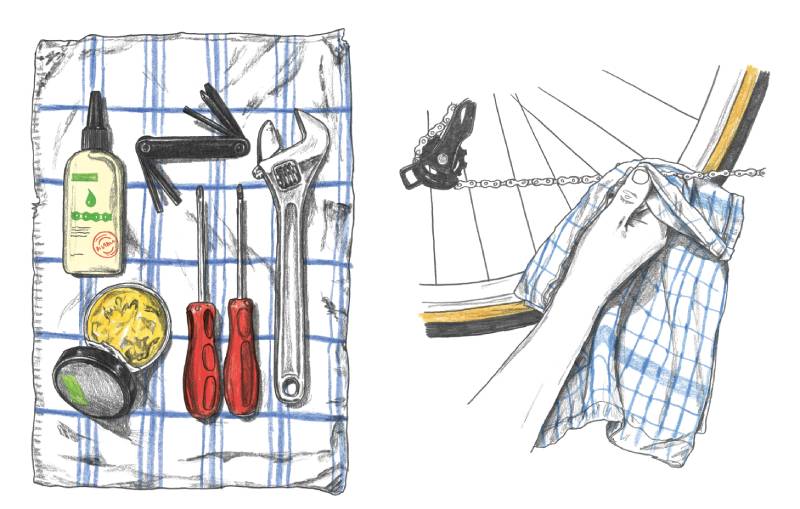
DC: So what’s been your relationship with bicycles?
“I grew up in London in the 1980s and, frankly, cycling around the city at that point was just a horrible, dangerous experience. There was no cycling infrastructure in place and pollution was rife.
“Despite this, though, my Dad used to ride to work everyday and I was just raised with the idea that cycling is a completely normal thing to do. But, in retrospect, it wasn’t. It was dangerous.
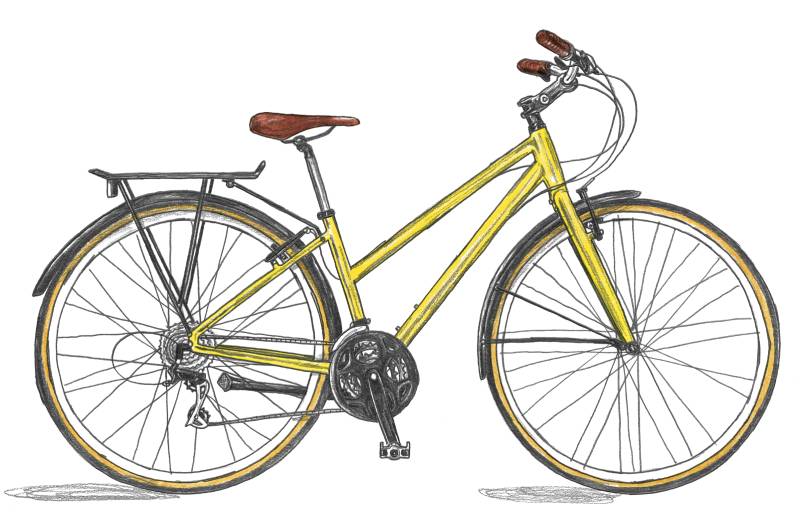
“Fortunately, the transformation when I go to London now is remarkable.
“I live in Hove and sometimes take my bike on the train with me to London and the vast expanses of cycling lanes are just a joy to ride on. I also make use of the Santander Bikes sometimes, too. The cycling “Superhighways” are brilliant.
“My only criticism would now be that when you’re cycling from east-to-west, there is this strip down the middle of London (around Kensington) that doesn’t have any infrastructure and is letting the rest of the city down.”
DC: How would you describe yourself as a cyclist and what sort of gear do you use?
“Probably as a ‘lifestyle’ cyclist. I’ve never been a racer, but I do love to take really long rides. I even cycle up to visit family in Birmingham sometimes.
“I’ve always commuted by bike when it’s been possible to.
“Most recently this was a 20-mile daily commute in Sussex. Obviously as this is a pretty long ride, I tend to wear cycling kit and then get changed at my destination. I love padded bike shorts and my merino jersey as it keeps me warm and never gets stinky. I’ve always hated wearing a backpack when cycling, too, as the feeling of a sweaty back is awful – so I tend to use rack bags and panniers to carry my gear.
“I own two steel bikes: the Genesis Equilibrium for long distance rides at the weekend, while my “bike about town” is The Light Blue Darwin One monster cross with drop handlebars, fat tyres and a pannier rack.”
DC: Do you think the Bike Boom of 2020 will having any lasting legacy?
“I hope so. It will be really tragic if in a year’s time everyone is back in buses and cars.
“Having had some fun on their bikes, hopefully people will now be keen to continue riding.
“Obviously, though, infrastructure plays a key role in this. But to the credit of most local councils, they’ve moved fast in creating temporary “pop-up” infrastructure. I hope they can now build on this and make it permanent.
“The key thing when creating infrastructure is that bicycle routes go in a “straight line” so that people can go the fast way. If you want people to use the bike lanes, they need to go directly from A to B – just like they do in Copenhagen. Bike lanes just aren’t used if people have to circumvent long ways around town, it needs to be direct. “Quiet ways” aren’t the answer.”
DC: Obviously your book is full of tips for new cyclists, but what would be the key piece of advice you’d give to anyone looking to get “back on their bike”?
“The best piece of advice for people starting out would be to do it with a friend. Cycling with someone else is a great way to gain confidence as a new cyclist.
“For example, if there’s a difficult junction or stretch of road on your trip, a more experienced cyclist can advise you on how to best navigate it safely.
“If there’s no-one you know that cycles the same route as you, a lot of “buddy schemes” have popped up in the last year in which people can find other cyclists who follow the same route and ride with them. Riding with someone else makes the journey a lot more enjoyable and can help you quickly build your confidence and savvy on the roads.
“On a more granular level, too, make sure you drop gears before you stop! It’s all too common to see new cyclists swaying at lights and junctions as they have to use their full force to start pedalling as soon as they push off because they’ve stopped in a high gear. It’s an unnecessary risk.”
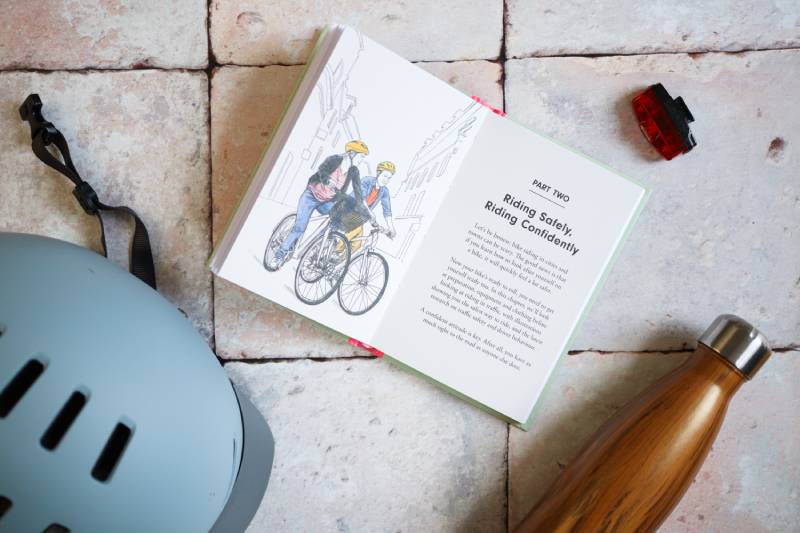
DC: And lastly… where can people find your new book ‘Back on Your Bike’?
“The book is now available at all good book shops and online. If you can’t pick it up from a local book shop, though, I’d recommend visiting Bookshop.org as they split all profits with local independent book stores.”
Read More:

